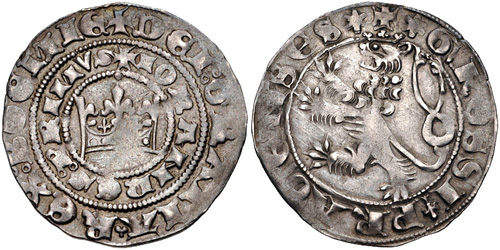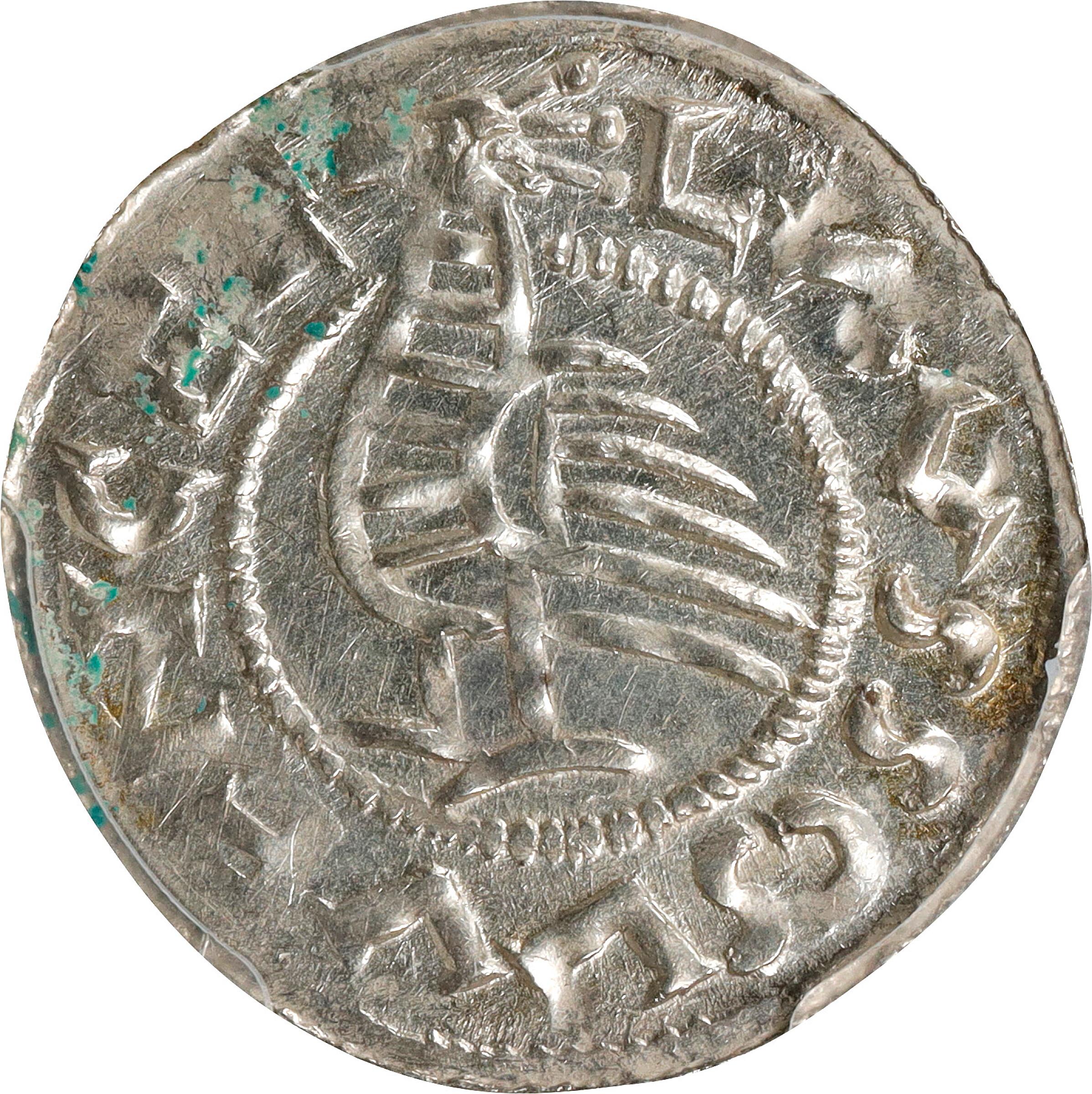New Ideas On Scanning Prague Mint Coins
Wiki Article
What Are The Methods Artists Use To Create Sketches And Designs To Design Gold Coins?
Artists employ various techniques to create sketches and designs for gold coins or medals, adapting traditional methods or utilizing digital tools for visualizationHand-Drawn Sketches
Sketches on Paper or with Pencils: Artists begin with sketching their ideas using pencils or pen. The sketches are helpful in conceptualizing the design and layout of the coin or medal.
Detail Rendering: The artist refines sketches and adds additional details. They also draw contours and enhance the overall composition. This phase could involve multiple variations.
Inking and Tracing. Once the pencil sketch is finished, the artist can trace or ink over the final design. This will give an outline that is more precise. To do this it is normal to trace the pencil sketch onto another sheet of paper or use tracing papers.
Create depth and shade - Artists use shading techniques to create a more realistic design or realism, or highlight certain features of the coin's or medal's design.
Digital Design Creation
Graphic Design Software. Digital designers who have mastered the art of digital design employ Adobe Illustrator, Photoshop and specific 3D modeling software. Digital tools are used for precision, scaling and manipulation in order to create the coin design or medal.
Vector Graphics: Digital designs can be created in vector graphic files that allow the quality to stay the same even when the image is enlarged. This enables the design to be scaled to different sizes of coins without sacrificing its clarity.
3D Modelling - A 3D modeler is used by advanced artists to visualize their coin or metal design in three dimensions. This will allow for an accurate representation and greater understanding of what the finished product is going to look like.
Visualization and rendering- Artists can simulate the appearance of a finished coin or medal by applying various finishes, textures, or effects. They are also able to visualize the design under different light conditions or on different surfaces.
Hand-drawn as well as digital design methods require great attention to detail, artistic skill, and an knowledge of the technical limitations and requirements for the production of coins or medals. Artists are able to choose which method they prefer based on their personal experience, their knowledge of clients, or the aesthetics desired for the final design. See the top rated drawing Czechoslovakia gold medals more examples. including olympic gold medal, cost of gold coins, bullion gold bars for sale, 24 karat gold coin, gold price apmex, gold quarter, gold eagle coin, buy gold silver, krugerrand, kruger rand and more.

Why Are Dies For Gold Medals Or Coins Made To Be Vacuum-Hardened?
Vacuum hardening is a procedure which involves exposing dies to high temperatures and a controlled atmosphere in the furnace. Here's a quick guide on how to vacuum harden dies.
Dies used to create medals or coins are created by ensuring they are clean and free from any residues or contaminants.
Loading Vacuum Furnace
The dies are placed inside a vacuum furnace, which is a specially designed heat-treating chamber that can create an atmosphere of vacuum.
Evacuation Air
The vacuum furnace removes the air inside the chamber, creating an environment controlled by vacuum that is free of oxygen and other gases. This is to prevent oxidation as well as guarantee uniform heat treatment.
Heating Phase
The furnace is heated to the ideal temperature needed to harden the dies. The range of temperatures is determined by the material being used and the method of hardening.
Soaking in high temperatures
The dies remain at the higher temperatures for a certain period of time, which allows the material to reach the desired hardness level and also to preserve metallurgical structures.
Cooling or quenching
Die dies are immediately cooled off or quenched following soak. The rapid cooling process locks in the desired hardness and strength of the material.
Tempering is optional
In a few cases the tempering process is carried out following the hardening phase. The dies are reheated at a lower temperature to ease internal stress and improve durability, while preserving hardness.
Quality Control and Inspection-
Dies with hardened surfaces are subjected to rigorous quality inspections and tests to ensure that they meet the specifications for strength, hardness and dimensional tolerances.
Post-Treatment Handling-
Dies, once the process of forming a vacuum is completed, can be further processed using polishing and coating before they are utilized in the coin striking or medal striking methods.
The process of hardening by vacuum increases the strength, wear resistance and life span of dies used to make gold medals or coins. By creating a controlled environment free from atmospheric contaminants the process ensures the consistent and reliable hardening of the dies, contributing to the longevity and quality of the finished products. Have a look at the most popular vacuum hardening Czechoslovakia gold medals blog recommendations including 1972 gold dollar, 20 dollar gold coin, gold pieces for sale, 1 oz gold bars, 1oz of gold, best place to buy gold bars, krugerrand coin, valuable gold dollar coins, gold dollar coin 2000, silver double eagle and more.

What Are The Various Ways That Gold Coins And Medals Are Coated To Safeguard Them?
Gold coins and medals may undergo coating processes for various reasons, such as protection, enhancement of appearance, or to achieve specific aesthetic effects. Here are different coating processes that are used to protect Coatings-
Clear Protective coating (Varies) A clear protective layer, such a lacquer or polymer, is put on to protect the medal's or coin's surface from oxidation and tarnishing. This coating protects the metal beneath the medal or coin, and helps to preserve the original look of the item.
Enhancement of Appearance-
Gold plating, or gildingA surface of a gold coin or medal may be coated with a fine layer of gold. The coin or medal will appear more luxurious and shiny.
Aesthetic Effects
Patina and Antique Finishes: Chemical treatments or special coatings can be applied to produce the antique or patina effect. This process gives depth and character to the design, by creating an aged, oxidized look.
Colorization or Coloring - In certain cases the hue of specific areas on a coin, medal, or other item is achieved by applying specific coatings and enamels. The purpose is to enhance the design element, produce contrast, and increase the visual appeal.
Anti-Tarnish Coatings-
Anti-Tarnish Coatings and Solutions - For medals and coins that have intricate designs or surfaces that are susceptible to tarnishing, anti-tarnish coatings or solutions can be applied. These coatings help to prevent discoloration and oxidation over time.
Specialized Coatings for Security or authentication-
UV-Reactive Coatings. Certain coins and medals have a unique UV-reactive coating that reacts to UV radiation. It can reveal hidden components like security codes or encryption.
Selective Coatings for Contrast
Selective Coating Removal: In some cases, coatings are selectively removed from particular parts of the medal or coin to make a contrast between coated and polished surfaces, which emphasizes the design elements.
Each process has a distinct purpose, for instance, to enhance the appearance, protect metal, add security, or produce certain aesthetic results. These coatings can significantly impact the durability and aesthetic appeal of gold coins and medals. They also increase their value. Read the recommended coating Czechoslovakia gold medals website examples. including coin gold bullion, 20 dollar coin, gold coin values, gold buy bullion, kruger rand, buy gold silver, gold bullion, $5 gold coin, gold bullion, 1 ounce gold and more.

What Is The Reason And How Do Limited Edition Or Collectible Gold Coins Individually Numbered
The naming of limited edition or collectible coins is typically performed for a variety of reasons. This includes the verification of authenticity, guaranteeing exclusiveness, and increasing their appeal to collectors. This is the way and how it's done.
Sequential numbering. Each coin of a collectible or limited edition has a unique number assigned to it. This number is engraved, stamped or embossed on the coin's surface or edge. This number indicates the position of the coin in the series.
Certificate of Authenticity: The coin might come with an authentic certificate which matches the coin's specific number. This certificate verifies that the coin is genuine. It also provides information about the coin's series, the metal content, and the minting.
Reasons for Numbering Coins Individually
Authenticity Assurance – Individual numbers are a simple and reliable method to verify that the coin is genuine within the limited series. Each number is an individual identifier that ensures the authenticity of the coin as well as its membership in the authorized series.
Exclusive and Rare The coins that have limited issue with individual numbers are perceived as being more exclusive and scarce. The limited availability of numbered coins makes them more sought-after and worth the price.
Collectible Appeal- Numbered coins add a collectible appeal that allows collectors to follow and display specific numbers within a series. The numbers with the most significant or lower values within the sequence could be considered more valuable.
Individual Numbering is a great way to encourage collector engagement and Interest in Completing Sets or acquiring Specific Numbers. Collectors could seek out certain numbers based upon their own preferences or important milestones.
Potential for resales and value- Coins with unique serial numbers can be more valuable on secondary markets, especially if their serial numbers are lower or belong to a highly sought-after collection. Collectors often value these coins for their rarity and exclusivity.
Trackability and Documentation - Numbering facilitates tracking and documentation of each coin's history, aiding in the verification of provenance and authenticity in the collector's market.
Issuers and mints can verify authenticity by numismatizing the limited edition gold coins. They also provide an aura of exclusivity. This can increase their appeal to collectors looking for exclusive, valuable or significant pieces from specific series. The coins that are numbered often have special meaning and value in the world of the world of numismatics. Follow the top rated Czechoslovakia gold medal numbering website advice including cost of a gold bullion bar, american eagle gold coin, five dollar gold piece, gold and bullion, american gold eagle 1 oz, american eagle gold coin 1 oz, 2000 sacagawea dollar, gold price apmex, kruger rand, 1oz of gold and more.
